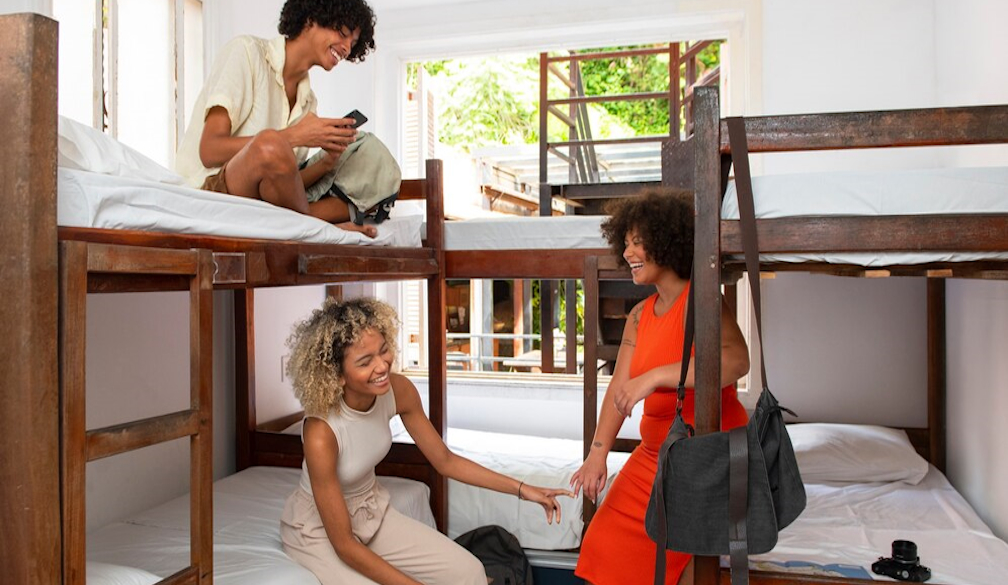Exploring Different Types of SIL Accommodation

In the realm of Supported Independent Living (SIL), accommodation options are as varied as the individuals they serve. SIL offers a crucial pathway for people with disabilities to live independently while receiving the necessary support. From shared houses to specialised apartments, SIL accommodation caters to diverse needs and preferences. Let's delve into the different types, including a spotlight on SIL accommodation in Melbourne.
1. Shared Houses:
Shared houses are a common form of SIL accommodation where individuals with disabilities live together, sharing common spaces like living rooms, kitchens, and sometimes bathrooms. Each resident typically has their bedroom for privacy. This setup fosters a sense of community and allows individuals to develop social connections while still receiving the necessary support from caregivers or support workers.
2. Apartments:
SIL apartments provide a more independent living experience compared to shared houses. Each resident has their own self-contained apartment, complete with a bedroom, living area, kitchen, and bathroom. While residents still have access to support workers or caregivers when needed, they enjoy greater privacy and autonomy in their living space.
3. Supported Living Units:
Supported living units offer a middle ground between shared houses and apartments. These units are often part of a larger complex designed specifically for individuals with disabilities. Residents have their own self-contained unit but also access communal facilities and shared support services within the complex. This setup provides a balance of independence and support, catering to varying levels of need.
4. Specialised Accommodation:
Some SIL accommodations are tailored to specific needs or preferences. For example, there are accommodations designed for individuals with sensory sensitivities, physical disabilities, or complex support requirements. These specialised accommodations may feature modifications such as wheelchair accessibility, sensory-friendly environments, or specialised equipment to meet residents' unique needs.
SIL Accommodation in Melbourne: A Closer Look
Melbourne, known for its vibrant culture and diverse communities, also offers a range of SIL accommodation options for individuals with disabilities. The city's commitment to inclusivity and accessibility is reflected in the variety of housing choices available.
1. Shared Houses in Melbourne:
In Melbourne, shared houses provide an excellent option for individuals seeking a supportive community environment. These houses are scattered throughout various suburbs, offering residents the opportunity to live in diverse neighborhoods while still accessing necessary support services.
2. Apartment Living:
For those desiring greater independence, SIL apartments in Melbourne offer a desirable alternative. Many apartment complexes in the city are designed with accessibility in mind, featuring wheelchair-friendly entrances, elevators, and modified units to accommodate diverse needs.
3. Specialised Accommodation Options:
Melbourne also boasts specialised SIL accommodations catering to specific needs. For instance, there are accommodations tailored for individuals with autism spectrum disorder (ASD), offering sensory-friendly environments and tailored support services. Additionally, accommodations with integrated health and wellbeing programs cater to individuals with complex support requirements, ensuring holistic care and support.
Conclusion
SIL accommodation comes in various forms, each catering to different preferences and support needs. Whether it's shared houses, apartments, or specialised accommodations, the focus remains on promoting independence, community integration, and individual wellbeing. In Melbourne, a city renowned for its inclusivity, individuals with disabilities have access to a diverse range of SIL options, reflecting the city's commitment to accessibility and diversity.













